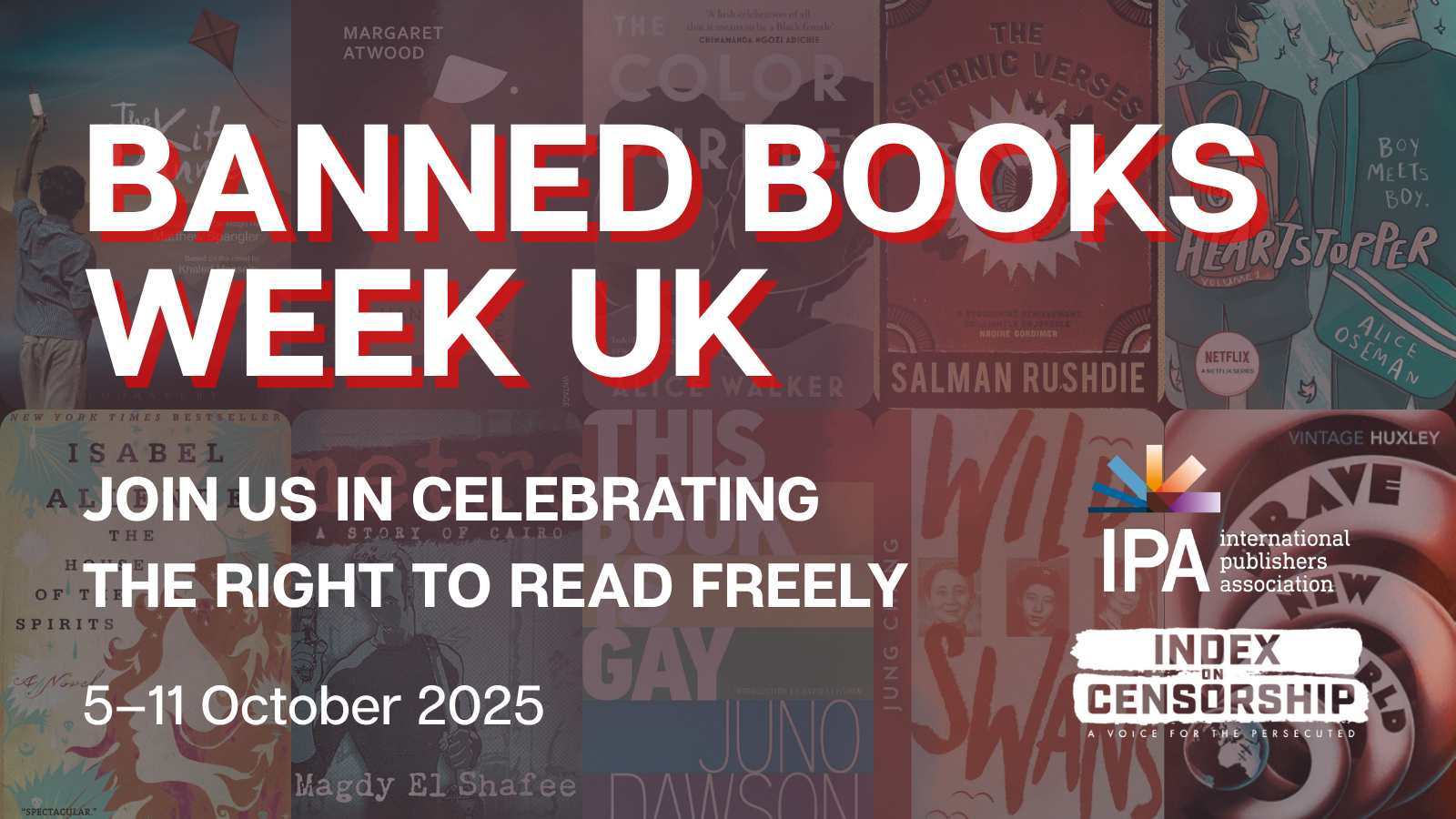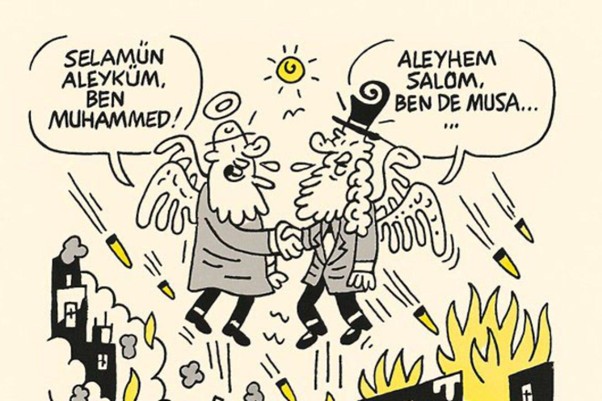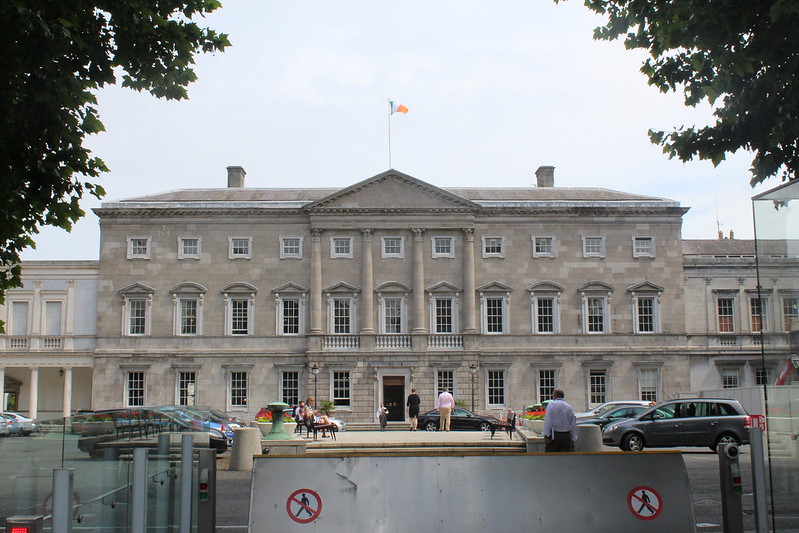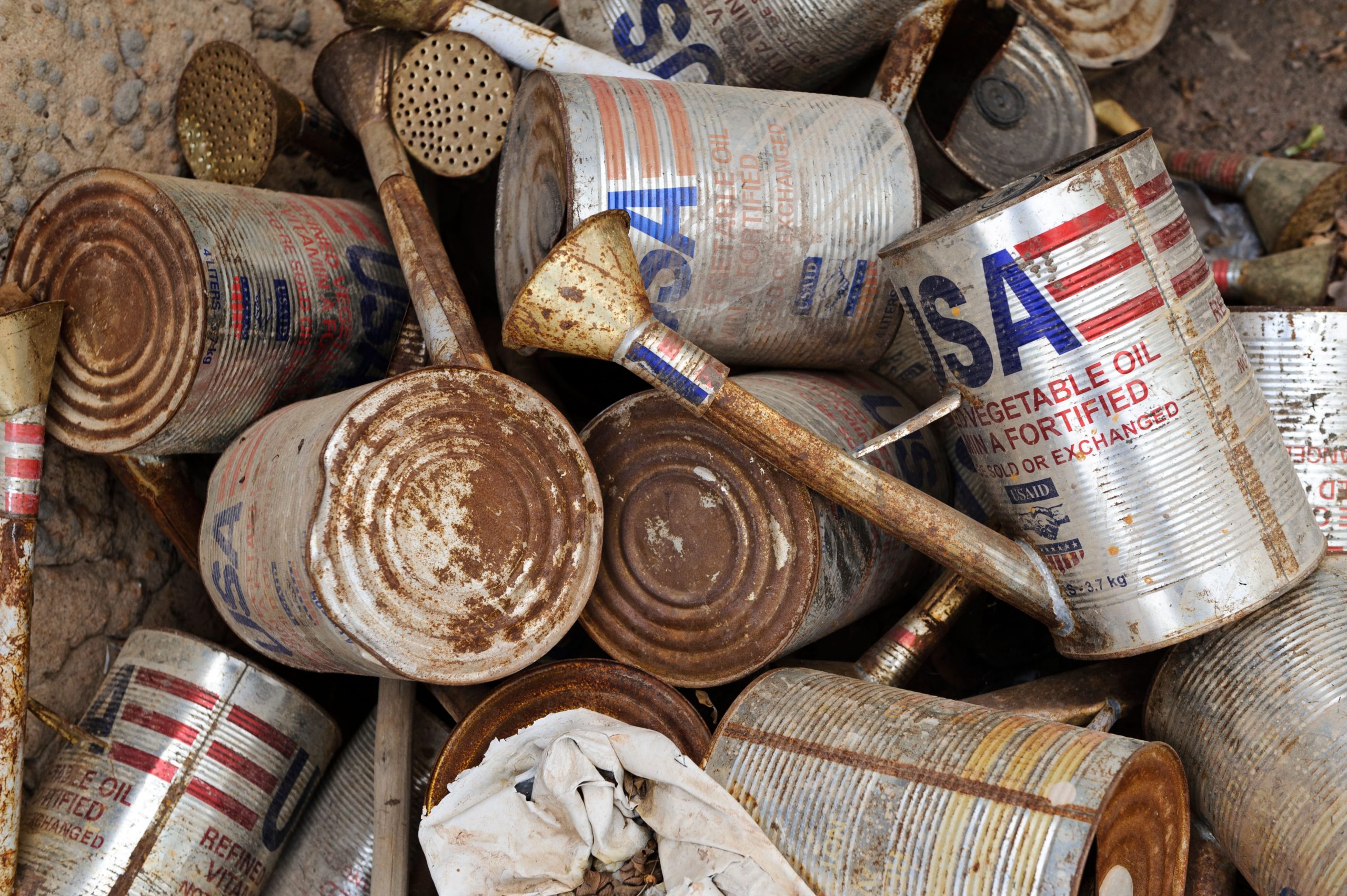
Battle of Ideas 2015 5 Oct 17 Oct |
It’s just over a year ago since a mob of anti-racist activists closed down South African theatre director Brett Bailey’s tableaux vivants work Exhibit B in London. The work had actors depicting the horrors of historical slavery, and colonial racism as museum exhibits, echoing the human zoo exhibits of 19th century, which still took place right up until the 1950s.
The work was powerful, visceral, steeped in humanity and stirred a powerful emotional response in the spectator. Yet, it seemed that this physical artistic expression was a step too far for many on the left and Britain’s black community. Most of them, and the 23,000 who signed the petition calling for the Barbican to shut down the work, hadn’t seen the performance. Instead, they felt triggered by a series of publicity photographs of actors performing actions of enslavement and of human bondage.
An image of a semi-naked black woman, sitting, waiting on a bed with her back to the camera, and the reflection of her face and eyes looking back at the viewer, composed and calm was uncomfortable viewing. The living tableau, entitled A Place in the Sun, colonial exhibit, Paris, 1920s was based on a factual account of a French colonial officer who kept a black woman chained to his bed, exchanging food for sexual services. This took place during the French, Belgian and Portuguese scramble for rubber in the Congo. It is a difficult image, the performance brought home the tenderness and active being of the captive woman and stirred emotions of both anger and sadness, as did all the tableaux which took us right to the present day, depicting deported refugee individuals who were killed by the hands hired immigration border security forces. It is hard to disagree with the Brett Bailey’s sincerity that the work is a hard-hitting indictment against racism.
Yet, for the protesters Exhibit B was “an exhibition by a privileged white man who benefited from the oppression of African people in the country [South Africa] in which he grew up, which objectifies black people for a white audience.”
At the opening night in London, 200 angry protesters, with the assistance of the British police force, successfully censored the work. Exhibit B will probably never be performed in England for the foreseeable future.
In the past, artistic, particularly literary works such as DH Lawrence’s Lady Chatterley’s Lover, Vladimir Nabokov’s Lolita, James Joyce’s Ulysses to name a few were banned by state officials and enforced by draconian laws such as the Obscene Publications Act 1959. However, recent censorship of artistic expression is no longer the domain of the state and its officials. It is now curbed by radical activists and also by curators and arts professionals who feel too morally weak to defend and stand by controversial works of art. The police are now called in for their advice on artistic expression and inevitably, in the name of ‘public safety’ works of art are censored from the public.
Only recently we witnessed the censorship of a witty series of satirical photographs by an anonymous artist called Mimsy (sorry Banksy, you’ve been up-staged) depicting the popular children models of Sylvanians (cute furry creatures that akin to those in Beatrix Potter’s tales) innocently enjoying leisurely pursuits such as family picnics, sun-bathing on a beach, having a few pints or just simply watching TV where they are threatened by masked, armed creatures in black uniform called MICE-IS “a fundamentalist terror group [threatening] to annihilate every species that does not submit to their hardline version of sharia law”. However, this wasn’t taken down due to any law being contravened. The work, pulled from an exhibition at the Mall Galleries in London entitled Passion for Freedom (oh the irony) was a result of the gallery managers asking advice from the police as they felt uncomfortable with the “potentially inflammatory content of Mimsy’s work”. The police agreed that the work was inflammatory and couldn’t guarantee the safety of the gallery or visitors, therefore £36,000 would have to be paid to the police force for security cover.
Censorship by fear of terror, by mob-rule, by “triggering’ traumatic feelings, the growing self-censorship of artistic works and the British state’s lily-livered position in defending free expression come into arbitrary play, leading to a worrying situation where potentially any work of art can be censored.
It’s easy to morally grandstand and point the finger at the horrific killings of cartoonists and bloggers in Bangladesh and Iran and criticise the Chinese authorities for their ‘house imprisonment’of Ai Weiwei, but if we cannot defend all forms of artistic expression from the high arts to popular culture, we are seriously compromising artistic freedom for fear of upsetting various communities of interests, be they Muslims, feminists or anti-racists.
I am currently reading Azar Nafisi’s brilliant latest book, Republic of Imagination (2014) where she writes a chapter on the US writer Mark Twain’s 1884 novel Huckleberry Finn as a major inspiration in her life and moral outlook. The novel is currently triggering some US literary students and professors into a state of apoplectic trauma as the word ‘nigger’ is used 219 times in the novel. The decision to re-publish the novel and replace the word ‘nigger’ with ‘slave’ is a dangerous re-writing of history and art. Nafisi defends artistic expression unreservedly and quotes from one of Twain’s notebooks as follows:
“Expression – expression is the thing – in art. I do not care what it expresses, and I cannot tell, generally, but expression is what I worship, it is what I glory in, with all my impetuous nature.” (Republic of Imagination, p.88)
Art should be dangerous, unsettling, funny, an emotional journey, beautiful, entertaining and yes, obscene. Artistic expression, in all its manifestations, is a value that must be defended in our Western democracies. We should heed Mark Twain’s wise words.
Manick Govinda is head of artists’ advisory services for ArtsAdmin
Govinda is participating in the 17 Oct Artistic expression: where should we draw the line?Battle of Ideas session with Index on Censorship CEO Jodie Ginsberg, Cressida Brown, Nadia Latif, Nikola Matisic with chair Claire Fox at the Battle of Ideas festival.
Index on Censorship magazine editor Rachael Jolley is speaking at Does artistic expression have its limits? at the Bow Arts Trust on Monday 05 October






